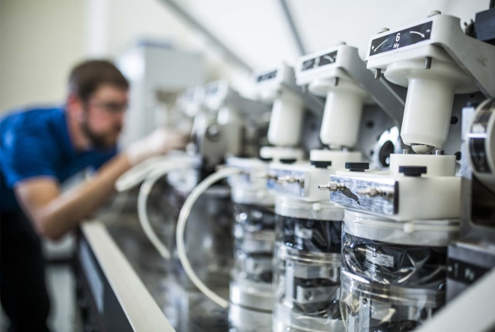Bringing new medical products to Market may be a lengthy and costly procedure. Businesses often get a chance to get it right before opponents react or advertising budgets run out. A concept test–qualitative or quantitative research to get an early read on customer response to a new product idea–can be an excellent way to decrease the risk of commercial failure and provide the design team vital advice to course-correct before proceeding to full launch. Applied Marketing Science AMS has conducted concept tests for medical products across medical specialties. We use qualitative and quantitative techniques like mini focus groups and comprehensive interviews with hands-on theory tests. We also use digital testing tools like asynchronous discussion groups and cellular surveys to present concepts and collect responses from far-flung key opinion leaders or mobility-compromised patients. Our concept testing for medical and health care markets strategy follows several core principles.

- We focus on client requirements. As in our study, we are acutely focused on the inherent benefits that clinicians and patients seek, not only the features they like or dislike.
- We consider numerous angles. In a standard medical concept medical device testing, we gather insights about clinical acceptability, patient tolerability, doctor usability, match with existing technologies, training required, and applicable substitutes.
- We assist you to develop alternatives. Not only can we help you gather customer feedback, but we can work side-by-side as you work to address problems.
You Can Count on AMS to Receive your team the information which has an immediate effect on medical product plan. Our Concept testing work has included a new-to-the-world ventilatory aid System, a new variant of a colonoscopy trap, a new device for patients with Urinary incontinence, and a brand new point-of-care blood-gas testing apparatus. Medical Device and software vendors are often pressed to deliver quality applications quickly, but medical device software testing can’t be cut down to bare minimum. Thus, to streamline the test procedure without affecting software quality, I suggest combining testing in the API level with testing at the system level, followed by comprehensive regression testing.

